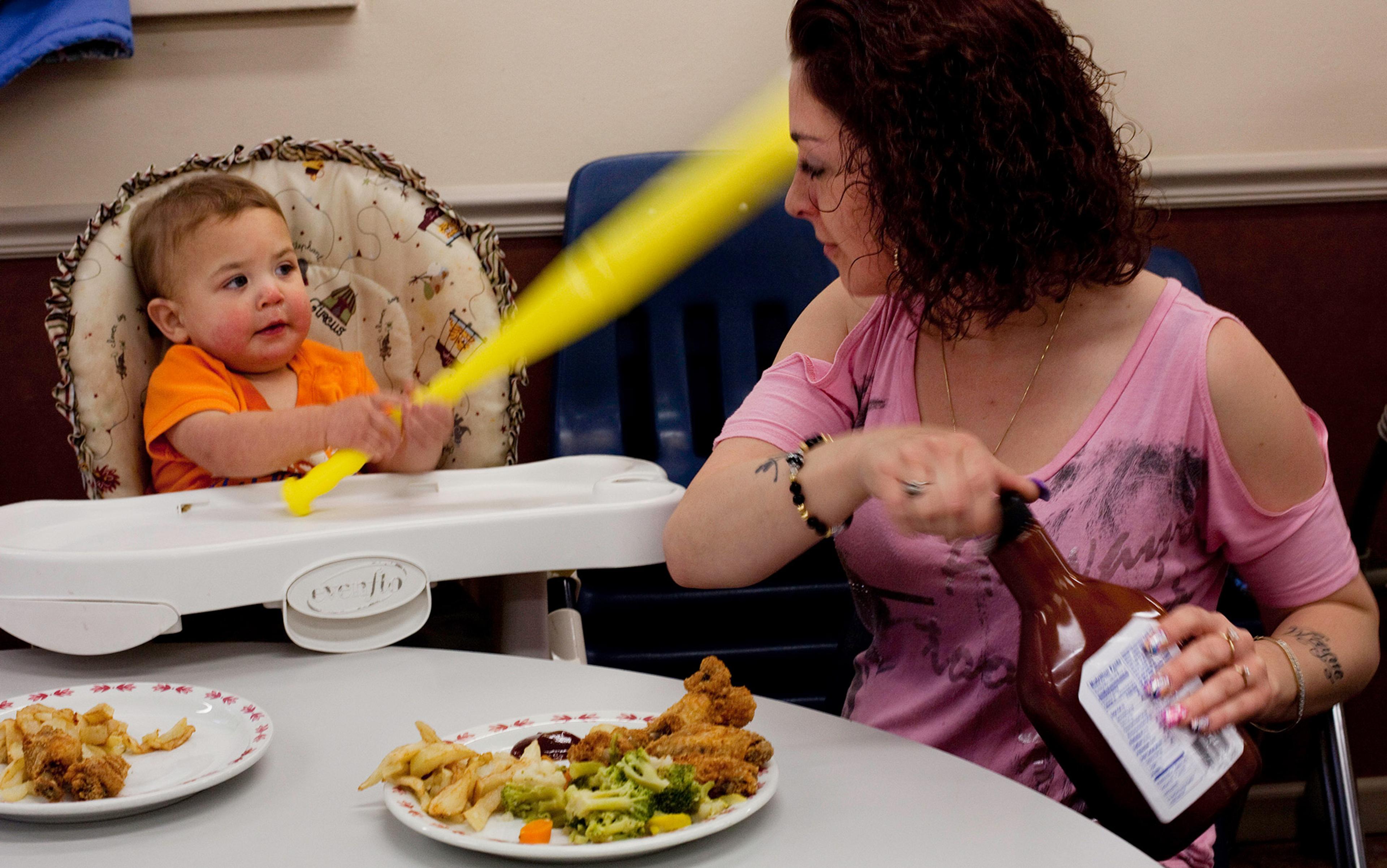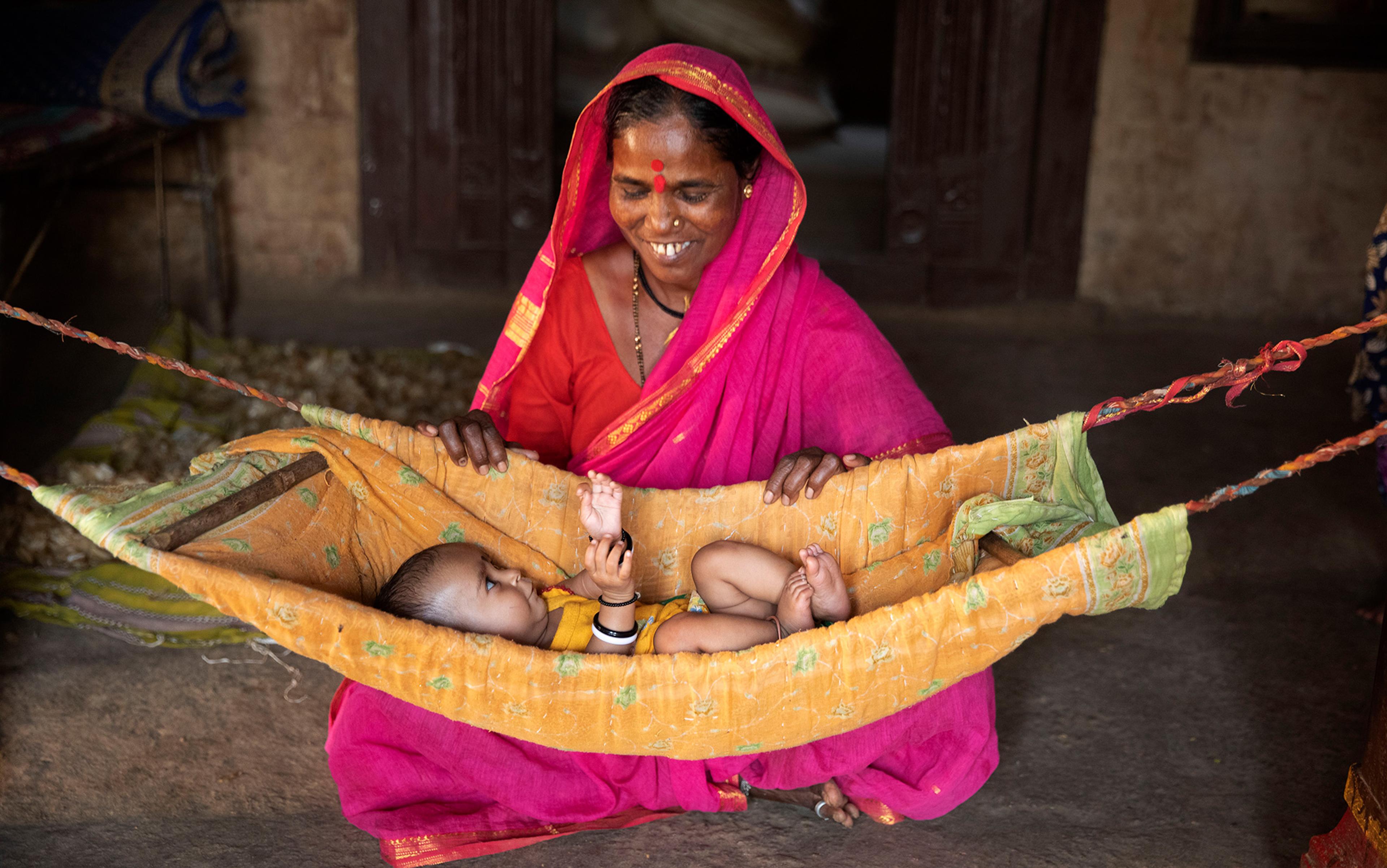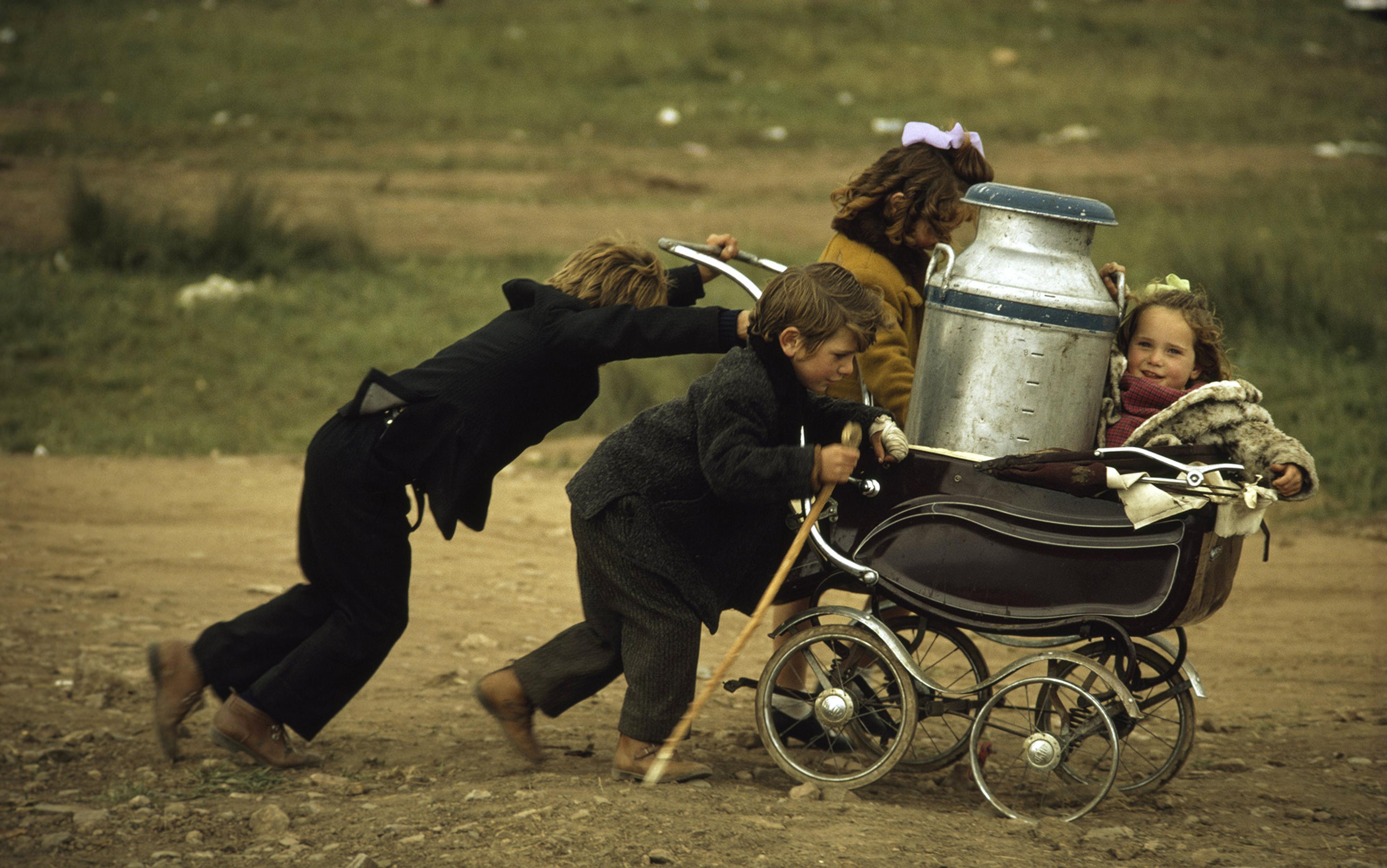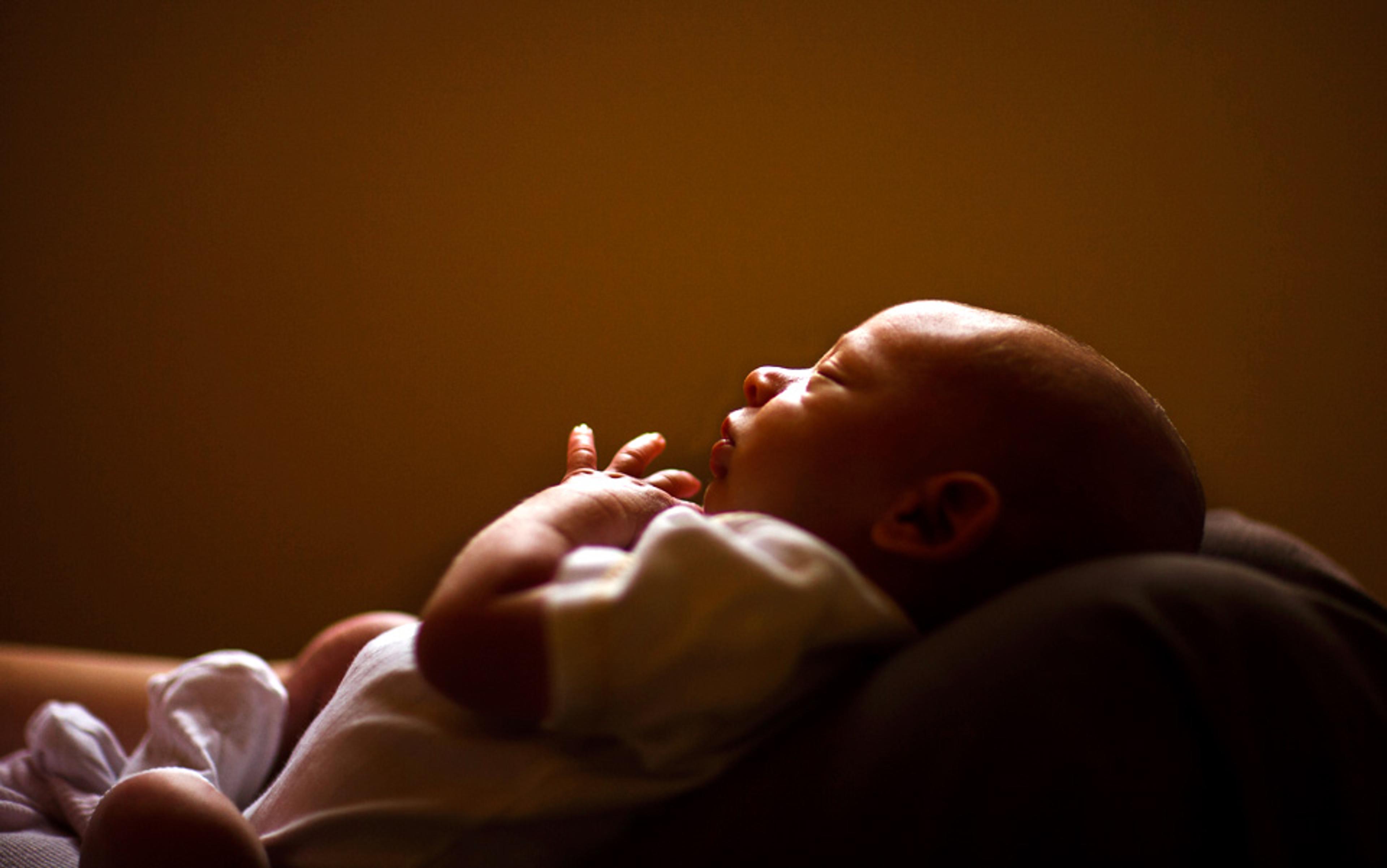The average human spends at least one quarter of their life growing up. In the careful calculus of the animal kingdom, this is patently ridiculous. Even most whales, the longest of the long-lived mammals, spend a mere 10 per cent or so of their time growing into leviathans. In no other primate has the mathematics gone this wrong but, then again, no other primate has been as successful as we are in dominating the planet. Could the secret to our species’ success be our slowness in growing up? And if so, what possible evolutionary benefit could there be to delaying adulthood – and what does it mean for where our species is going?
The search for the secret to our success is at the heart of anthropology – the study of humans and their place in the world. This most narcissistic of disciplines piggybacked on the fascination for cataloguing and collecting the entirety of the world that rose up during the colonial expansions of 18th-century Europe and the growing popularity of ‘natural laws’ that explained the workings of the world in terms of immutable truths, discoverable to any man (and it was open largely only to men) with the wit and patience to observe them in nature. Early anthropology collected cultures and set them end on end in a line of progress that stretched from fossils to frock coats, determining that the most critical parts of Man – the secrets to his success – were his big brain and his ability to walk upright. Everything we are as a species was taken to be a result of our canny forebears playing a zero-sum game against extinction, with some monkey-men outbreeding some other monkey-men. In this grand tradition, we have Man the Hunter, Man the Firestarter, Man the Tool Maker, and the other evolutionary archetypes that tell us the reason we are the way we are is because of a series of technological advances.
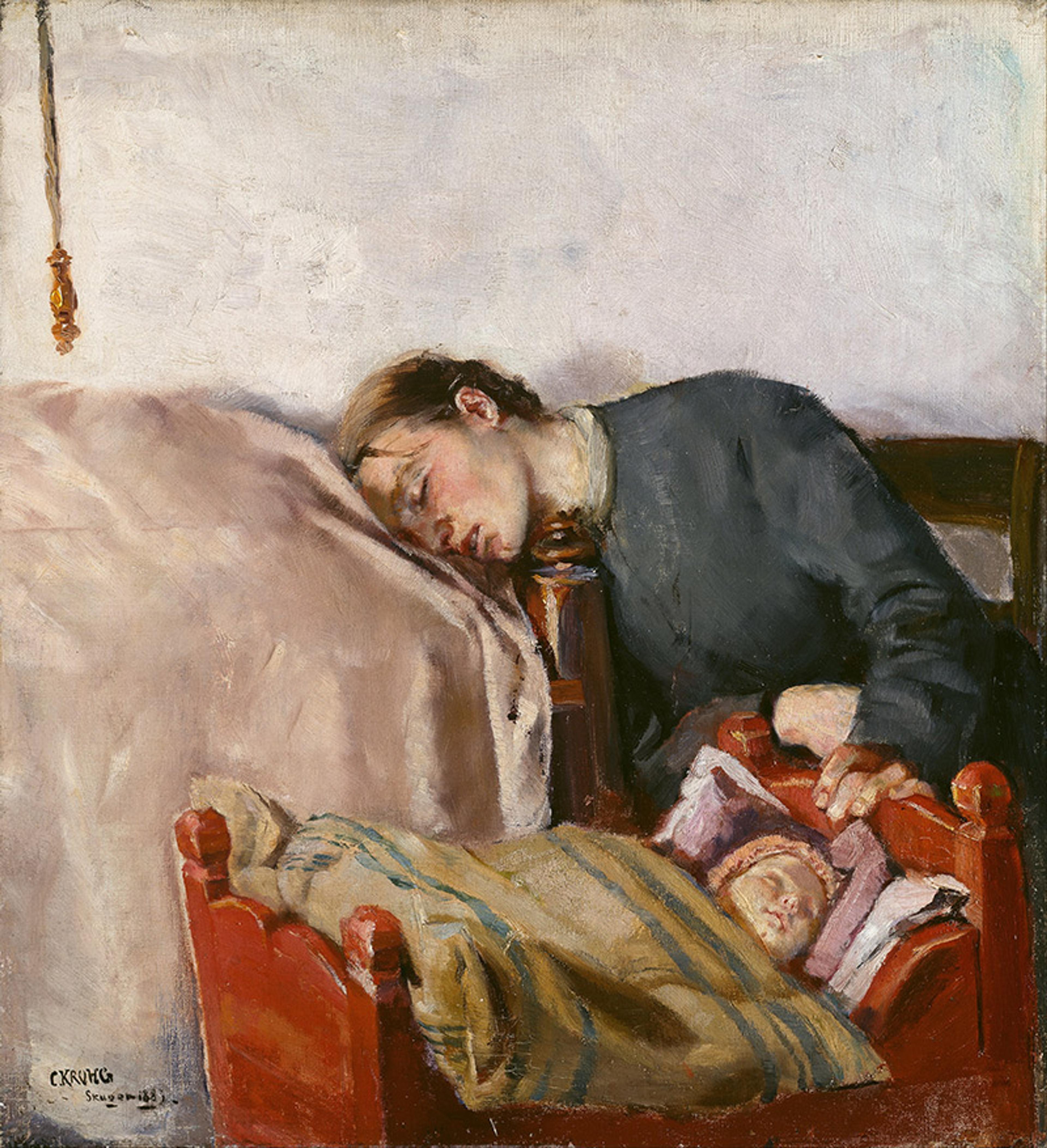
Mother and Child (1883) by Christian Krohg. Courtesy the National Museum, Oslo
However, about 50 years ago, anthropologists made a shocking discovery: women. Not so much that females existed (though that might have taken some of the old guard by surprise), but rather that they could do quite interesting research, and that the topic of their research was not, inevitably, the evolution of Man. It was the evolution of humans, women and children included. New research reframed old questions and asked entirely new ones – ones that did not assume what was good for the gander was good for the goose, and that there might be more drivers to our evolutionary history than the simplistic models that had come before. Among these new ideas was one that had been consistently overlooked: the entire business of reproducing our species is absolutely off-the-charts weird. From our mating systems to maternal mortality to menopause, everything we do with our lives is a slap in the face to the received wisdom of the animal kingdom. After all, the pinchpoint of evolution in any species comes at reproduction. Making more of your species is how you stay in the game and, judging by the numbers, we are far and away the most successful primate ever to have walked the earth.
Pioneering researchers such as Sarah Hrdy, Kristen Hawkes, and many others of this new generation finally thought to ask, is it about the way we make more humans that has made us the species that we are?
Our unlikely childhoods begin well before gametes meet. As part of our social organisation, humans have a specific type of mating system, a form of reproduction that scaffolds the relationships between animals in our society in a specific way, with specific aims. Despite a tendency by a certain insidious strand of pseudo-intellectual internet bile to use pseudo-scientific terms such as ‘alpha males’ and ‘beta males’ for human interactions, our species is in fact rather charmingly non-competitive when it comes to mating.
While it may be difficult to believe that humans are largely tedious monogamists, our pair-bonded nature is a story written in our physical beings. Not for us the costly evolutionary displays of the male hamadryas baboon, who grows his fangs to 400 times those of his female relatives in order to show off and fight for mates. (Male human fangs are, in fact, slightly bigger than females – but only about 7 per cent, which is nothing in animal terms.) Furthermore, in animals with more competitive strategies for mating – ones where there is any extra advantage in remaining coupled, depositing sperm, or preventing other couplings from happening – evolution has provided an array of genital morphologies ranging from penis bones and spikes to outsized testes. Humans lack distinction in any measure of genitalia so far studied, though it is worth noting that most anthropologists have chosen to focus on male genitalia, so surprises may remain in store for future research.
This physical lack of difference between sexes sets up a social system that is, in animal terms, weird: pair bonding. Virtually no other animals reproduce in pair bonds – only about 5 per cent, if you discount birds, who do go for pairing in a big way. But an outsize proportion of primates opt for this monogamous arrangement, about 15 per cent of species, including, of course, our own. There are a variety of evolutionary theories for why pair bonding should appeal so much to primates, including maintaining access to females that roam, supporting offspring, or increasing certainty about paternity. One prominent theory is that pair-bonded males have less motivation for infanticide, though as the anthropologist Holly Dunsworth pointed out in her Aeon essay ‘Sex Makes Babies’ (2017), this does suggest a type of understanding in primates that we don’t always even ascribe to other humans. Other theories point to female roaming requiring a pairing system so mating opportunities aren’t lost whenever she moves on. Pair bonding has emerged perhaps as many as four separate times in the primate family, suggesting that the motivation for the invention of the mate may not be the same in all monkeys. What does seem clear is that humans have opted for a mating system that doesn’t go in as much for competition as it does for care. The evolution of ‘dads’ – our casual word for the pair of helping hands that, in humans, fits a very broad range of people – may in fact be the only solution to the crisis that is the most important feature of human babies: they are off-the-scale demanding.
A trivial question about furniture logistics is in fact a huge impediment to our species’ successful reproduction
Our babies require an intense amount of investment, and as a species we have gone to staggering lengths to give it to them. As placental mammals, we solved the limitations placed on babies who are gestated in eggs with a fixed amount of resources by capturing the code of an RNA virus in our DNA to create the placenta: a temporary organ that allows our embryos and foetuses to draw sustenance directly from our bodies. As humans, however, we have gone a step further and altered the signalling mechanisms that maintain the delicate balance between our voracious young and the mothers they feed off. Our species’ pregnancies – and only our species’ pregnancies – have become life-threatening ordeals specifically to deal with the outrageous demands of our babies. Gestational diabetes and preeclampsia are conditions virtually unknown in the animal kingdom, but common killers of pregnant humans thanks to this subtle alteration. Babies grow to an enormous size and plumpness, and they’re so demanding that the resources in one body aren’t enough to sustain them. They emerge into the world with large brains and a hefty 15 per cent lard, but still unripe and unready.
The question of why we have such large but useless babies – unable to cling like other primate babies can, eyes and ears open but with heads too heavy for their necks – is one that evolutionary theory has long treated as a classic moving sofa problem. As posed by the author Douglas Adams, or the popular TV series Friends, the moving sofa problem asks the question: how do you get something big and awkward through a small and awkward space? Our babies have very large heads, and our mothers quite narrow pelvises, and what seems a trivial question about furniture logistics is in fact a huge impediment to the successful reproduction of our species: this makes human birth dangerous, and mothers die giving birth at a far higher rate than any other species.
Classically, this was viewed as an acceptable trade-off between competing evolutionary demands. This is what the anthropologist Sherwood Washburn in 1960 called the ‘obstetrical dilemma’: the dangerous trip down the birth canal is necessitated by our upright posture and the tight fit required by our big brains. This widely accepted theory provided functional explanations as to why male and female hips were different sizes and why our births are so risky. Until recently, it was thought that humans had in fact developed a mitigation of this size mismatch in a unique twist performed by the baby as it travels through the birth canal, forcing the baby to emerge with head to the side rather than facing towards the mother’s front.
There is one problem with this particular explanation: we are not the only species to sneak in a twist at the end of our grand pelvic-canal dive – in fact, we’re not even the only primates. Research by Satoshi Harota and colleagues has shown even chimpanzees, who have ‘easy’ births, do the twist. Even the pelvis size and shape differences we identified as critical in human evolution turn out to be less-than-unique. Many animals have differences between male and female pelvises that surpass those of humans, without having difficult births. Shape difference might be something that is far more ancient in the mammal line. For human hips, variation tracks many factors, such as geography, rather than just male/female divides. But human babies really do have a terrible time coming into the world, above and beyond other species, due to that tight fit. So what gives?
The answer may be in that glorious pinchable baby fat. Having precision-engineered our offspring to siphon resources from their mothers in order to build calorifically expensive structures like our big brains and our chubby cheeks, we have, perhaps, become victims of our own success. Our babies can build themselves up to an impressive size in the womb, one that comes near to being unsurvivable. But the truly fantastic thing is that, having poured so much into our pregnancies, after we hit the limit of what our babies can catabolise from their mothers’ bodies, they are forced to emerge into the world still fantastically needy. For any mammal, survival after birth calls for the magic of milk, and our babies are no different, but here we find another very unusual feature of humans: our long childhood starts with cutting off infancy early.
Even accounting for differences in size, human babies are infants on the breast for a far shorter time than our closest relatives. Breastfeeding can go on for four to five years in chimpanzees and gorillas, and eight years or more in orangutans. Meanwhile, babies in most known human societies are fully weaned by the age of four, with a lot of agricultural societies past and present opting to stop around age two, and of many modern states with capital economies struggling to get breastfeeding to happen at all, let along go on for the WHO-recommended two years or more. After the first few months, we start complementary feeding, supplementing our babies with solid foods, including the rather unappealing pre-chewed food that seems to nonetheless support not just human but all great-ape infants as they grow. Our fat, big-brained offspring require a huge investment to support the amount of brain growth required in our babies’ first year, but they don’t – and can’t – get what they need to build the adult 1,200 g brain from milk alone. This is where those pair bonds come in handy. Suddenly there are two food-foragers (or chewers) to hand, which is convenient because we kick off our babies from the breast quick – but, once they’ve moved from infancy into childhood, there is yet another surprise: we let them stay there longer than any other species on the planet.
Luckily for science, there is a timer built into our bodies
Childhood in humans is extended, by any measure you care to use. We can look at the 25-odd years it takes to get to physical maturity (in fact, the tiny end plate of your clavicle where it meets the sternum doesn’t fully finish forming until your early 30s) and compare it with our nearest relatives, to see that we have slowed down by a decade or more the time it takes to build something great-ape sized. To find a mammal with a similarly slow growth trajectory we have to look to the sea, at something like a bowhead whale. A bowhead whale, however, which will top out at about 18 metres and around 90 tonnes, is on a trajectory of growth well beyond a piddling human. We can look at our markers of social maturity and find they are even more varied. Our individual cultures tell us very specifically when adulthood is – ages of legal responsibility, for instance, or the timing of major rituals – and these might hover near our physical maturity or they might depart from it entirely. Perhaps the most clear-cut definition describes childhood in terms of investment: it is the period when you are a net resource sink, when other people are still investing heavily in you.
One of the most fascinating things in the study of humans is our ability to extend our lens back, beyond the borders of our species, and look at the adaptive choices our ancestors have made to bring us to this state. We look at the shape of fossil hips and knees and toes to learn how we came to walk upright; we measure skulls and jaws from millions of years ago to see how we fed our growing brains. Palaeoanthropology allows us to reconstruct the steps that brought us here, and it is where we can find microscopic tell-tale signs of the journey that carried us into our extended childhood.

Cast in three parts: endocranium, face and mandible of the Australopithecus africanus specimen Taung child, dating back around 2.5 million years, discovered in South Africa. Courtesy Wikipedia
There are a handful of juvenile fossils in the hominin record, a very small proportion of the already vanishingly small number of remains from the species living over the past 3 to 4 million years that form the family tree that led to humans. Two of these, the Taung child and the Nariokotome boy, provide some of the best evidence for how our species evolved. The Taung child is an australopithecine dating back about 2.5 million years, and the Nariokotome boy belongs to Homo erectus, about 1.5 million years in our past. Looking at the teeth and skeletons of these fossils, we see that the teeth are still forming in the jaws, and the bony skeleton has not yet taken its final form. If our ancestors grew like modern humans – that is, slowly – then the absolute chronological age they would have been at that stage of development would be about six and 12 years old, respectively, though it would be younger if they grew more rapidly, like apes. Luckily for science, there is a timer built into our bodies: a 24-hour rhythm recognisable in the minute tracks left by the cells that form dental enamel that can be seen, perfectly fossilised, in our teeth, and a longer near-weekly rhythm that can be seen on the outside of teeth. When we count the growth tracks of enamel in the Taung child’s teeth, we can see they were closer to three than to six, and the Nariokotome boy only about eight. Our long childhood is a uniquely evolved human trait.
There is one more adaptation at play in the support of our needy offspring that should be accounted for: the utter unlikeliness that is a grandmother. Specifically, it is the almost unheard-of biological process of menopause, and the creation of a stage of life for half of our species where reproduction just stops. This is outrageous in evolutionary terms and it occurs only in humans (and a handful of whales). If the goal is to keep the species going, then calling time on reproduction sounds catastrophically counterintuitive, and, yet, here we are, awash in post-reproductive females. Why? Because, despite the denigration many older women face, women do not ‘outlive’ their sole evolutionary function of birthing babies. If that was the only purpose of females, there wouldn’t be grandmas. But here they are, and ethnographic and sociological studies show us very clearly that grandparents are evolutionarily important: they are additional adults capable of investing in our needy kids. If you remove the need to invest in their own direct offspring, you create a fund of resources – whether it is foraged food, wisdom or just a pair of hands – that can be poured into their children’s children.
All the unique qualities of human childhood are marked by this kind of intense investment. But that raises the big question. If ‘winning’ evolution looks like successful reproduction, then why would we keep our offspring in an expensive holding pattern for longer than necessary?
The long childhood our ancestors took millions of years to develop is being stretched yet further
It is only when we start to consider what this extension is for that we get close to understanding the evolutionary pressures that brought us to this state. And we actually have quite a good idea of what childhood is for, because we can see the use that other animals put it to. Primates have long childhoods because you need a long time to learn how to be a better monkey. The same principle applies to social species like crows, who need to learn a complicated series of social rules and hierarchies. We, like monkeys and crows, spend childhood learning. Growing up human is such an immensely complicated prospect it requires not only the intense physical investment in our big brains and high-fat bodies but an extended period of care and investment while our slow-growing offspring learn everything we need them to learn to become successful adults. The cost of this investment, 20 to 30 years’ worth, is staggering in evolutionary terms.
A long childhood is our greatest evolutionary adaptation. It means that we have created needy offspring, and this has surprising knock-on effects in every single aspect of our lives, from our pair bonds to our dads to our boring genitals to our dangerous pregnancies and births and our fat-cheeked babies and even that unlikely creature, the grandmother. The amount of time and energy required to grow a human child, and to let it learn the things it needs to learn, is so great that we have stopped the clock: we have given ourselves longer to do it, and critically, made sure there are more and more investors ready to contribute to each of our fantastically expensive children.
What’s more, as humans, our cultures not only scaffold our evolution, but act as bore-drills to open up new paths for biology to follow, and we find ourselves in a position where the long childhood our ancestors took millions of years to develop is being stretched yet further. In many societies, the markers of adulthood are increasingly stretched out – for the most privileged among us, formal education and financial dependence are making 40 the new 20. Meanwhile, we are taking time away from the most desperate among us, placing that same education out of reach for those foolish enough to be born poor or the wrong colour or gender or in the wrong part of the world. A human child is a rather miraculous thing, representing a huge amount of targeted investment, from mating to matriculation. But given the gulfs in opportunity we are opening up between those that have and those that do not, it would benefit us all to consider more closely the childhoods we are investing in, and who we are allowing to stay forever young.
